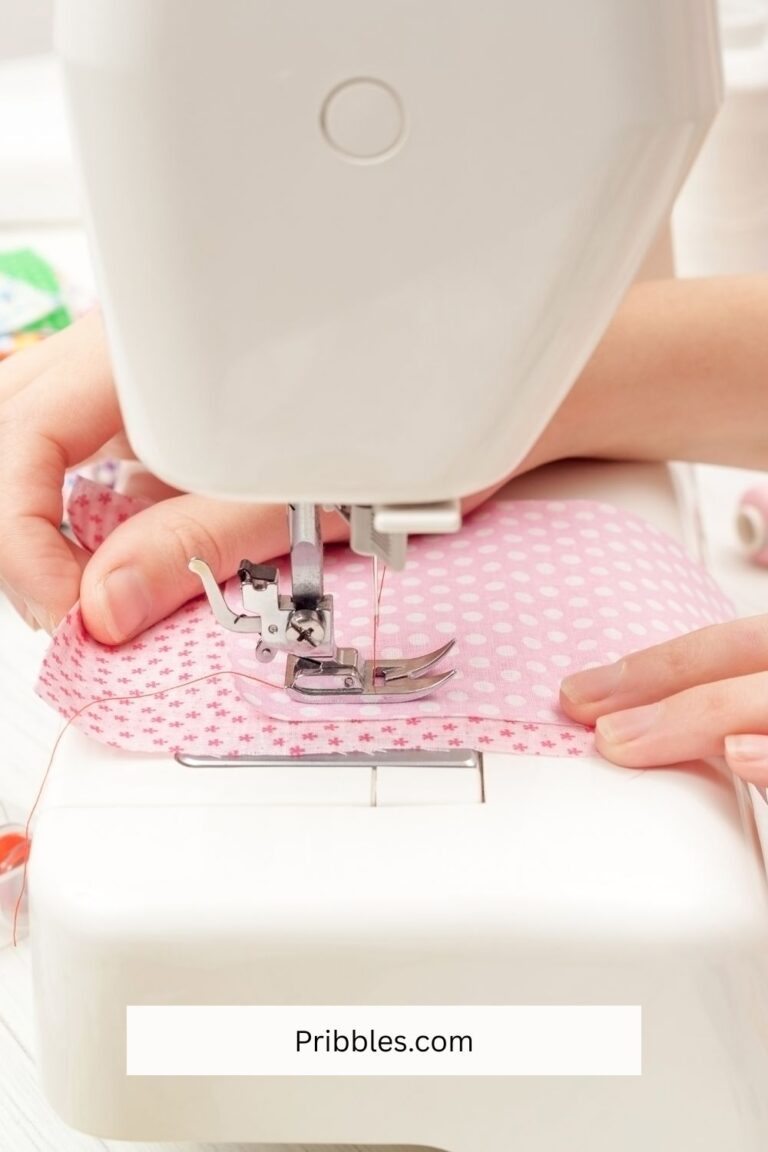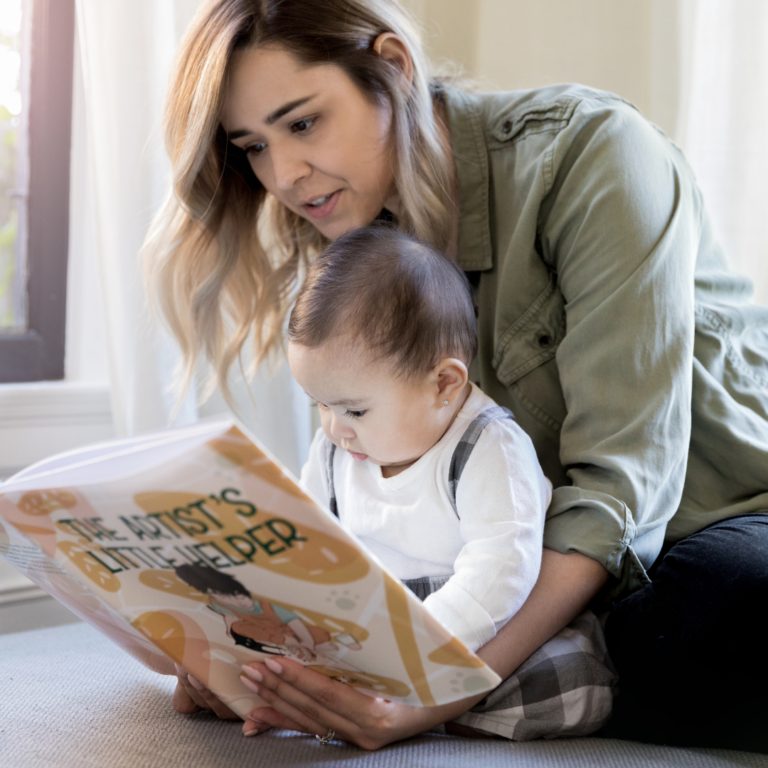What is a Low Buy Year? Tips for Moms Who Want to Simplify and Save
If you’ve ever looked around your home and felt overwhelmed by the clutter, the toys that seem to multiply overnight, or the Amazon boxes showing up way too often, you are not alone, friend. Many moms—especially us stay-at-home moms—find ourselves stuck in the cycle of “add to cart” as a way to fill gaps, entertain kids, or even cope with the daily stress of motherhood.
Pin for later reading

Affiliate links may be used in this post and if so I will receive a commission at no extra cost. I’m also part of the Amazon Affiliate (Associate) program where I earn a commission from sales made through my affiliate links. Read the full disclosure policy.
That’s where the idea of a low buy year comes in. Think of it as a reset button for your spending habits. It’s not about deprivation, guilt, or living on bread and beans. Instead, it’s about creating mindful boundaries around what you buy so you can spend less, save more, and focus on what truly matters to your family.
So let’s dive in—what is a low buy year, why might you want to try one, and how can you actually stick to it as a busy mom? Grab your coffee (in your favorite thrifted mug!) and let’s talk.

What is a Low Buy Year?
A low buy year is exactly what it sounds like: a year (or however long you choose) where you intentionally limit your spending. The goal isn’t to never buy anything—it’s to reduce unnecessary purchases and focus on what really adds value to your life.
Here’s what it usually looks like:
- Needs over wants: You purchase essentials like groceries, toiletries, kids’ shoes when they outgrow them, or household repairs.
- Intentional exceptions: You decide in advance what you will allow, like birthday gifts, homeschool supplies, or replacing something broken.
- Pause button on impulse buys: You stop mindless Target stroll purchases (I know, ouch!) and online shopping “just because it’s on sale.”
Think of it as curating your spending categories instead of swiping the card for everything.

Why Moms Love a Low Buy Year
As a stay-at-home mom, you probably already wear multiple hats—chef, teacher, chauffeur, laundry manager, nurse, and comfort-giver. Adding “budget protector” to the list may not sound glamorous, but it’s empowering. Here’s why so many moms are embracing a low buy year:
- Less clutter: Fewer random purchases mean less to organize, clean, and trip over.
- More savings: Whether you want to build an emergency fund, plan a vacation, or just breathe easier at the grocery store checkout, less buying = more money left.
- Teaching kids values: Your children will see firsthand that happiness doesn’t come from constant buying.
- Peace of mind: Saying “no” to shopping sprees helps calm the mental noise of “do we need this?”
How to Plan Your Low Buy Year
The secret to success is planning before you start. Don’t just announce to yourself “I’m not shopping this year” and expect it to stick. Instead, set yourself up with a flexible framework.
1. Define Your Rules
Every mom’s low buy will look different. Make a list of:
- Needs you’ll continue to purchase (groceries, gas, medical care).
- Allowed exceptions (kids’ seasonal clothes, gifts, school supplies).
- Categories off-limits (home décor, beauty products, random Amazon finds).
Write it down, print it, stick it on the fridge. Having rules in writing makes it easier to follow when temptation hits.
2. Set Your “Why”
Why are you doing this? Is it to save $5,000? To declutter? To pay off debt? Write your “why” in a journal or even on a sticky note on your laptop. You’ll need this reminder when the urge to shop strikes after bedtime scrolls.
3. Involve Your Family
If your spouse or kids are old enough, let them in on the challenge. It can become a family project where everyone celebrates milestones together. Even little kids can learn about saving and choosing wisely.

Tips for a Successful Low Buy Year
Now for the fun part—practical tips that will keep you motivated when life (and sales emails) test your resolve.
1. Unsubscribe and Unfollow
Emails about flash sales or influencer “must-haves” are designed to make you spend. Hit unsubscribe. Curate your social feeds so you’re inspired by frugal living and cozy homemaking instead of constant shopping hauls.
2. Shop Your Home First
Before buying, check what you already have. You might discover forgotten craft supplies, toys hidden in bins, or pantry items that can be reinvented into a new meal.
3. Create Free Fun
Stay-at-home moms often spend to entertain the kids. Instead, try library story times, nature walks, backyard picnics, or DIY crafts with recyclables. These create richer memories than another trip to the toy aisle.
4. Use Cash Envelopes
If you’re prone to swiping your debit card, try cash envelopes for categories like groceries or gas. Seeing the cash physically leave your hands makes you pause before spending.
Further reading: 10 cash envelope categories – essential categories & easy tips
5. Keep a “Wishlist”
Instead of impulse buying, jot items down on a list. If you still want it after 30 days, revisit it. You’ll be shocked at how often the desire fades.
6. Find a Low Buy Buddy
Accountability works wonders. Partner with a friend, your sister, or even join online groups of moms doing a no-spend or low buy challenge. Celebrate victories together.
7. Celebrate Progress, Not Perfection
Slip-ups happen. Maybe you caved and bought a Starbucks tumbler because it was “too cute.” Don’t quit—just refocus. Remember, the goal is less, not perfect.

What to Do Instead of Shopping
One big key to success is replacing shopping with life-giving activities. Here are some cozy, low-cost ideas:
- Start a family game night tradition.
- Bake bread with your kids.
- Try a new slow cooker recipe.
- Declutter a drawer or closet.
- Start a garden, even a small container one.
- Learn a new hobby like embroidery or watercolor.
- Journal or start a gratitude list.
These not only distract you from spending but also add real value to your everyday life.
Final Thoughts
A low buy year isn’t about saying “no” forever—it’s about saying “yes” to the things that really matter: your family, your peace of mind, and your financial goals. As a stay-at-home mom, you’re already making sacrifices for your family’s wellbeing. Choosing a low buy lifestyle can be one more way you honor both your household and yourself.
Remember, friend, it’s not about perfection. It’s about progress, intention, and building a home and life that feels calm, cozy, and aligned with your values. And trust me—six months from now, when you see your savings account growing or your home feeling less cluttered, you’ll thank yourself for starting this journey.
So, what do you think? Is this your year to go low buy?
Pin for later







